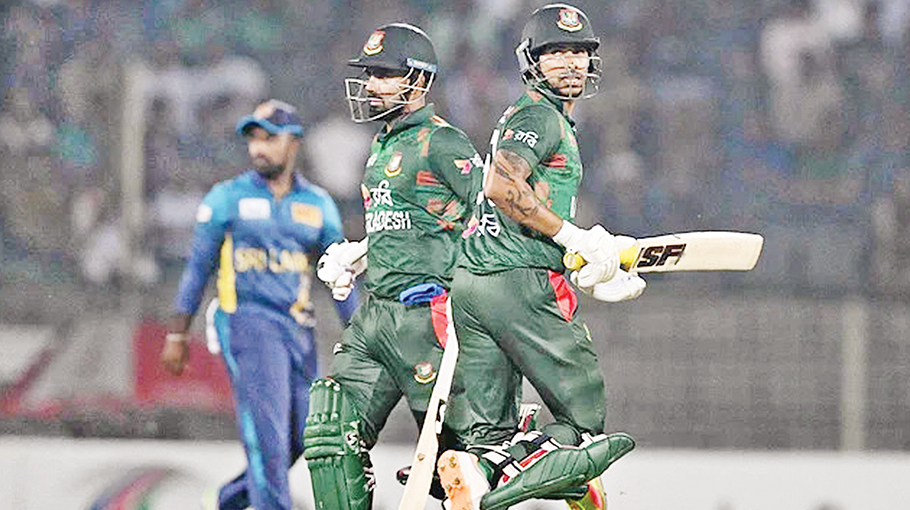DRS, a great technology for right decision

It’s nothing new, but it turned out almost a regular part of games, as players, officials, and even coaches of a team are used to protest against the decisions of referees or umpires. Whether it’s football, cricket, hockey, or any game, the controversy and protesting against the decisions of referees and umpires is an old practice that has been going on for years.
But nowadays, in some sports, there are opportunities for the players to take a review through the DRS (Decision Review System), which is a technology-based process for assisting the match officials with their decision-making.
If players are not satisfied with or have any confusion with any decision of the on-field referees or umpires, they may request that the third umpire consider the decision of the on-field umpires. The third umpire conducts the DRS to review the controversial decisions using video technology and then gives the judgments.
The DRS is a great technique to make proper decisions and to get rid of all confusion and controversies with the on-field referees or umpires.
With the controversial decisions of the on-field referees and umpires, there have been so many bitter experiences when players’ of two rival teams engaged in a tug of war; even some times it turned into huge confrontations when Bangladesh and Sri Lanka have a sour history of recent times.
On Wednesday, there was another controversial episode stretched during the second T20 match of the three-match series between Bangladesh and Sri Lanka at Sylhet International Cricket Stadium, and that was with the caught behind of Soumya Sarker. It happened when the third umpire, Masudur Rahman, turned around, and on-field umpire Gazi Sohel's decision to find Soumya was caught behind, despite the DRS (Decision Review System) showing a clear snap in the ultra-edge.
It happened in the first delivery of the fourth over off Sri Lanka’s left-arm medium fast bowler Binura Fernando when the Bangladesh opener was batting on 14 of nine deliveries.
Soumya, in an interview after the match with the sports channel T-Sports, said that he was confident that he had not edged the ball and clarified why he did not take time to appeal for a review of the initial caught-behind decision.
Soumya said to T-Sports, “I was confident that I did not edge the ball.”
“I directly wanted review moments after the umpire ruled me out. I did not hesitate for a while because I was confident that the ball did not hit my bat. There may have been a sound, but that probably was from my helmet or anything else,” Soumya clarified the cause of the crack seen on the ultra-edge.
Confusion and uproar were created among the Sri Lankan players when Soumya started walking back after seeing a spike on the ultra-edge, only to be recalled after the third umpire, Masudur Rahman, overturned the on-field umpire’s decision.
“When I started to walk, I saw the review on the big screen, and maybe I could not understand what happened. But later, when I watched, there was a gap between my bat and the ball. That’s the reason for my confidence, and even I did not ask Litton before reviewing it,” Soumya revealed.
But the opener could not stay for long as he departed in the seventh over, scoring 26 off 22 balls. but said that he would be happy if he could finish it or go farther.


